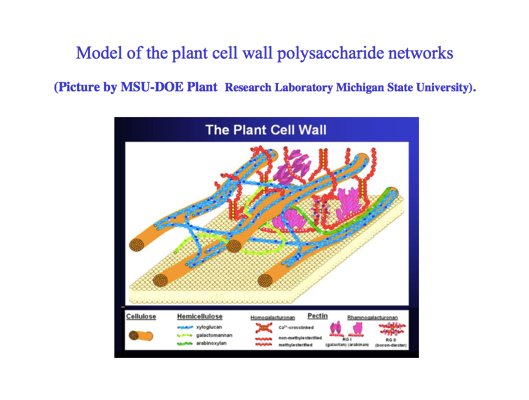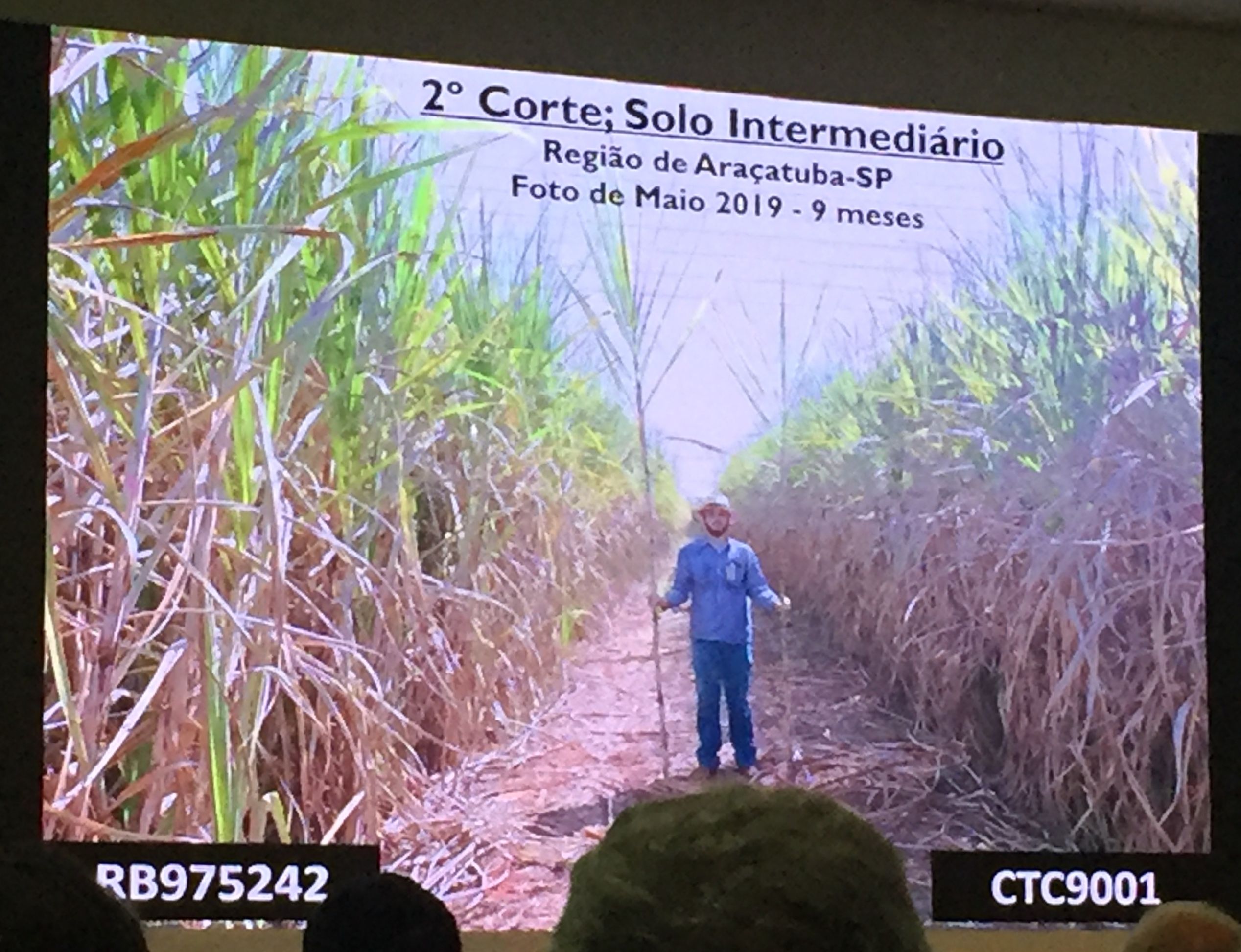I was excited for this sketch because PowerPoint presentations and other visual forms of exchange are very common among my interlocutors--sugarcane scientists and industry actors in Brazil. Below are just a few that I'd like to think more about...
First set of images:



Different sugarcane actors--scientists versus industry consultants versus cultivators--circulate different visual knowledge artifacts that seem to break down sugarcane (conceptually) in different ways. The first image in this set is from a Brazilian scientist's slidedeck during an academic presentation: it's a graphical diagram (borrowed from another lab) of the entangled molecular components of the plant cell wall. The second image is an industry table of various metrics to measure sugarcane productivity and quality. The third image is one page from a catalog of sugarcane varieties, dispalying the specifications and characteristics of a new variety of cane developed in Brazil. These are only examples, but I've seen many versions of these three genres throughout my fieldwork. I'm interested in thinking more about how these different modes of conceptually breaking down sugarcane may relate to different politics of sugar extraction--and thus perhaps how the circulation of visual knowledge artifacts like these contributes to such extraction politics.
Second kind of image:

This image is from a sugarcane industry conference, where growers and producers listen to new agricultural developments from mostly sugarcane consulting firms and ag companies. I saw this genre of image countless times--a man holding a stalk or two of sugarcane to compare its height, which is understood to correlate with the specific cane variety's health and productivity. In this image, the cane on the left and right are different varieties grown side-by-side in São Paulo. It seemed that this genre of image constituted reliable visual evidence within a shared realm of understanding among growers; it was not merely to fill slide space. I was struck by the gendered (perhaps phallic) characteristics of this genre of evidence, particularly as I learned that more growth does not always equal higher quality cane (I talk about this more in my 4s presentation). I'd like to think more about this kind of image in relation to different ways of knowing cane, by different kinds of sugarcane actors.